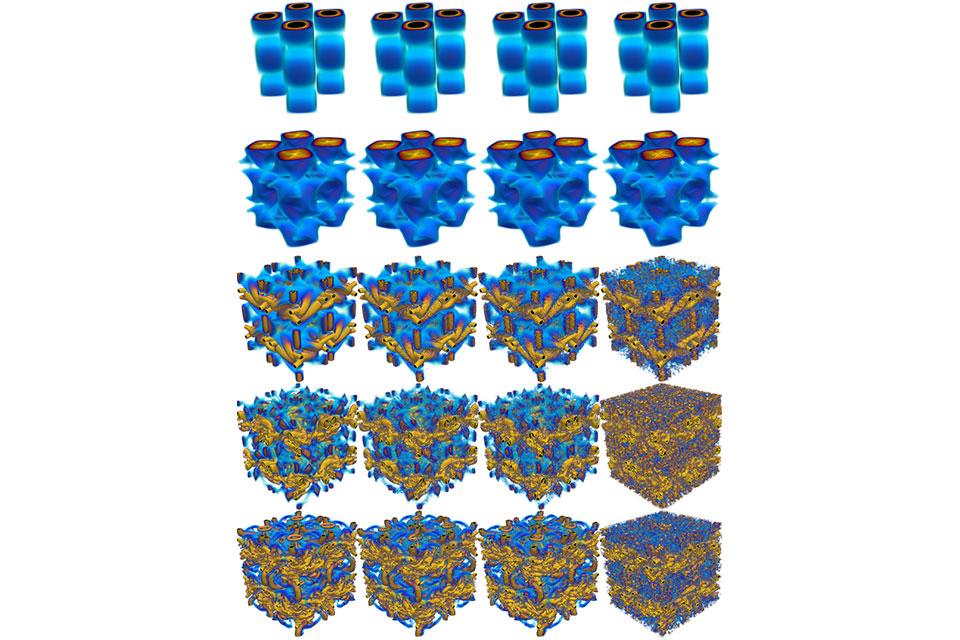A recent publication in Nature Computational Science describes a new route of attack on the yet unsolved problem of turbulence.
Many decades ago, Richard Feynman remarked 'turbulence is the last, great unsolved problem of classical physics'. Being able to model the chaotic motion of fluids known as turbulence is of paramount importance to understanding nature; such flow is ubiquitous and can be found everywhere from the flows of our oceans to the wake of an aircraft. However, accurately resolving the tiny (but important) swirls characterising turbulence necessitates handling inordinate amounts of data at enormous computational expense.
Research spearheaded by the Universities of Oxford, Bath and Pittsburgh has identified similarities between turbulence and many-body quantum systems that offers a new, quantum-inspired perspective on turbulence. This perspective reveals that turbulence contains structure which can be exploited by tensor networks (a class of numerical methods typically used for simulating many-body quantum systems) to offer a highly compressed representation of turbulence data. This leads to efficient fluid simulation algorithms for both classical and quantum computers that hold the promise of pushing the envelope of what flows are possible to simulate.
A quantum-inspired approach to exploit turbulence structures, Gourianov et al, Nature Computational Science

